Have you ever taken time to look carefully at snowflakes? If so, you'll have discovered that they come in many different shapes and forms.
Most often the snow particles are irregular, blob-shaped snow crystals that are clumped together. The symmetrical six-sided snow crystals are only formed under certain weather conditions. Sometimes these six-sided flakes will have a simple design, while others may be be branched (dendritic) or fern-like.
Other weather conditions may form columnar or needle-like crystals, hexagonal plates, or triangular-shaped snow crystals. Occasionally there are 12-sided crystals. Temperature, humidity, and wind speed where the snowflake, or snow crystal, is being formed determine its shape and size.
Because of the shape of water molecules, the symmetry of snowflakes will always be 6-sided (or 12, or sometimes more like a 3-sided crystal). You'll never find symmetrical 5, or 7, or 8-sided snowflakes.
Go to Libbrecht's Snowflake Morphology Diagram (from A Snowflake Primer) to see how temperature and humidity (water saturation) affect the shape of snowflakes.
Kenneth Libbrecht categorizes snowflakes into 35 shapes. If you take a look at his Table of Snow Crystal Shapes, you'll see that the six-sided snow crystals, or snowflakes make up just a few of the possible shapes.


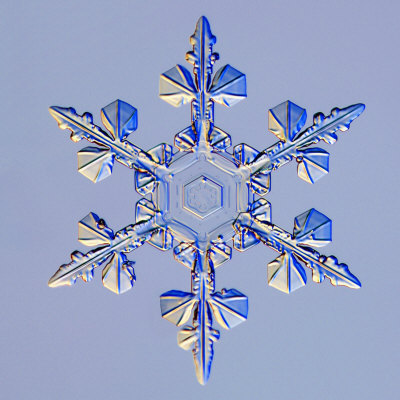
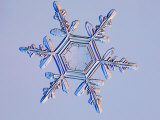
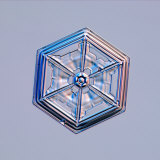
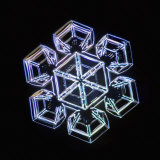
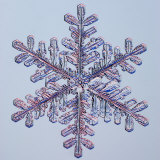





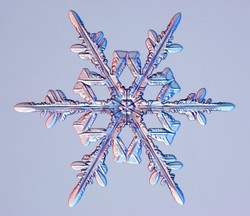

 Singer-Songwriter Ellis Performs From the Hearton 06/03/2013
Singer-Songwriter Ellis Performs From the Hearton 06/03/2013
 The Light-Weight SteriPen Water Purifier for Camping or Travelon 01/18/2015
The Light-Weight SteriPen Water Purifier for Camping or Travelon 01/18/2015
 Inexpensive Gift Ideas For Coffee Loverson 11/28/2014
Inexpensive Gift Ideas For Coffee Loverson 11/28/2014
 Very Simple Cranberry Sauceon 11/26/2014
Very Simple Cranberry Sauceon 11/26/2014

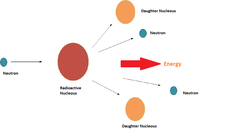
Comments
Excellent commentary ohcaroline!
Very fascinating photos. It's awesome to think that God gave us such beauty in such a fleeting thing as a snowflake.
How beautiful. We're expecting a bit of snow tonight. So I'll get a chance to check out some snowflakes.